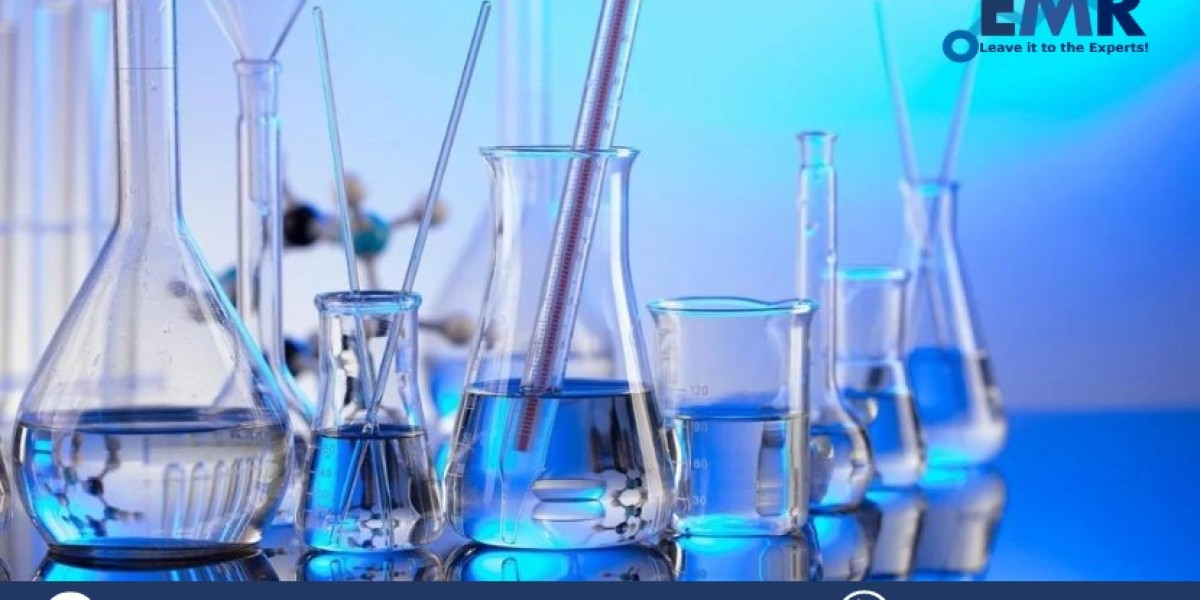Semiochemicals Market Introduction
The global semiochemicals market size reached a value of around USD 4.91 billion in 2023. During the forecast period of between 2024 and 2032, the market is expected to grow at a CAGR of 15.2% to reach around USD 17.52 billion by 2032.
This staggering growth is indicative of the increasing recognition and adoption of semiochemicals in revolutionizing integrated pest management (IPM) strategies worldwide. In this blog post, we delve into the transformative role of semiochemicals, exploring their impact on sustainable agriculture, environmental conservation, and human health.
Understanding Semiochemicals:
Semiochemicals are chemical signals used for communication between organisms of the same species or different species. They can be classified into two main categories: pheromones, which are used for intra-species communication, and allelochemicals, which are used for inter-species communication. These chemical cues play a crucial role in the behavior, mating, and foraging patterns of pests and other organisms.
Get a Free Sample Report with Table of Contents@ https://www.expertmarketresearch.com/reports/semiochemicals-market/requestsample
The Evolution of Integrated Pest Management:
Traditional pest control methods, such as broad-spectrum pesticides, have led to numerous environmental and health concerns, including pesticide resistance, non-target effects, and pollution. In response to these challenges, there has been a paradigm shift towards sustainable and eco-friendly pest management approaches, culminating in the development of IPM strategies. IPM integrates various pest control methods, including biological control, cultural practices, and chemical interventions, with the aim of minimizing pesticide use while maintaining pest populations below economic injury levels.
Advantages of Semiochemicals in IPM:
Semiochemicals offer several advantages over traditional pesticides in IPM strategies. Firstly, they have reduced environmental impact due to their target-specificity and minimal harm to non-target organisms. Secondly, they provide long-term effectiveness, as pests are less likely to develop resistance to semiochemical-based interventions. Furthermore, semiochemicals are compatible with other IPM components, such as biological control agents, enhancing the overall sustainability of pest management practices.
Challenges and Considerations:
Despite their potential benefits, the widespread adoption of semiochemicals faces several challenges. Regulatory hurdles and approval processes for semiochemicals vary between countries, posing barriers to market entry for manufacturers and suppliers. Moreover, integrating semiochemicals into existing IPM programs requires education and training for farmers and pest control professionals. Overcoming these challenges will be crucial for realizing the full potential of semiochemicals in sustainable pest management.
Future Directions and Opportunities:
The future of semiochemicals in pest management holds immense promise, with opportunities for innovation and growth across various sectors. As we look ahead, several key future directions and opportunities emerge, paving the way for further advancements in semiochemical research and applications.
Advanced Formulations and Delivery Systems:
Future research efforts will focus on developing advanced formulations and delivery systems for semiochemicals, aimed at enhancing their efficacy and longevity. Nanoencapsulation, microencapsulation, and controlled-release technologies offer exciting possibilities for improving the stability and targeted release of semiochemicals in the field.
Expanding Target Range:
Currently, semiochemicals are primarily used for managing insect pests in agriculture. However, there is growing interest in expanding the target range of semiochemical-based interventions to include other pest species, such as rodents, nematodes, and weeds. Future research will focus on identifying and synthesizing semiochemicals that are effective against a broader range of pests.
Integration with Digital Technologies:
The integration of semiochemical-based pest management strategies with digital technologies, such as precision agriculture and remote sensing, offers new opportunities for enhancing monitoring, decision-making, and application efficiency. Smart traps equipped with sensors and communication capabilities can provide real-time data on pest populations, enabling timely interventions.
Bioinformatics and Synthetic Biology:
Advances in bioinformatics and synthetic biology are poised to revolutionize the discovery and production of semiochemicals. Computational tools can expedite the identification of novel semiochemical compounds, while synthetic biology approaches enable the production of semiochemicals at scale through engineered microbial hosts.
Cross-Sector Collaborations:
Collaboration between academia, industry, and government agencies will be crucial for driving innovation and accelerating the adoption of semiochemical-based pest management solutions. Public-private partnerships can facilitate technology transfer, funding support, and regulatory approval processes, enabling rapid commercialization and deployment of semiochemical products.
Diversification of Applications:
Beyond pest management in agriculture, there are emerging opportunities for diversifying the applications of semiochemicals in other sectors. For example, semiochemicals hold potential for use in vector control programs to combat diseases transmitted by mosquitoes and ticks. Additionally, semiochemicals may find applications in forestry, public health, and urban pest management.
Global Market Expansion:
With increasing awareness of the environmental and health impacts of conventional pesticides, there is a growing demand for sustainable pest management solutions worldwide. The expansion of the global semiochemicals market presents opportunities for market penetration in regions with high agricultural activity and pest pressure, such as Asia-Pacific and Latin America.
Consumer Education and Acceptance:
Educating consumers about the benefits of semiochemical-based pest management and promoting consumer acceptance of semiochemical products will be essential for market growth. Transparent labeling, certification programs, and outreach initiatives can build trust and confidence in semiochemicals as safe and effective alternatives to conventional pesticides.
Media Contact:
Company Name: Claight Corporation
Contact Person: Louis Wane, Corporate Sales Specialist – U.S.A.
Email: [email protected]
Toll Free Number: +1-415-325-5166 | +44-702-402-5790
Address: 30 North Gould Street, Sheridan, WY 82801, USA
Website: https://www.expertmarketresearch.com
Aus Site: https://www.expertmarketresearch.com.au/









